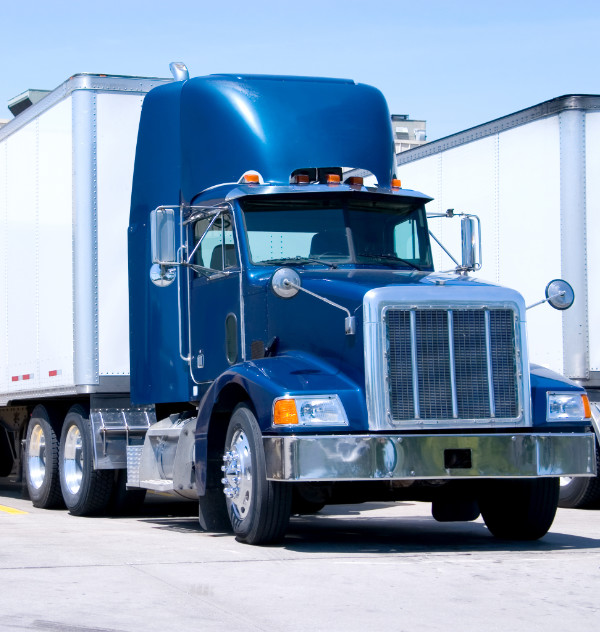Part two of our winter driving safety tips, in part one we discussed safe driving if you have no other choice than to drive in bad weather. Now we want to talk about what you should have on hand if you do get stuck and what the best plan of action would be.
Your Car
Prepare your car for winter. Start with a checkup that includes:
- Checking the ignition, brakes, wiring, hoses and fan belts.
- Changing and adjusting the spark plugs.
- Checking the air, fuel and emission filters, and the PCV valve.
- Inspecting the distributor.
- Checking the battery.
- Checking the tires for air, sidewall wear and tread depth.
- Checking antifreeze levels and the freeze line.
Your car should have a tune-up (check the owner’s manual for the recommended interval) to ensure better gas mileage, quicker starts and faster response on pick-up and passing power.
Necessary Equipment
An emergency situation on the road can arise at any time and you must be prepared. In addition to making sure you have the tune-up, a full tank of gas, and fresh anti-freeze, you should carry the following items in your trunk:
- Properly inflated spare tire, wheel wrench and tripod-type jack
- Shovel
- Jumper cables
- Tow and tire chains
- Bag of salt or cat litter (this can add traction if pored around a stuck tire)
- Tool kit
Essential Supplies
Be prepared with a “survival kit” that should always remain in the car. Replenish after use. Essential supplies include:
- Working flashlight and extra batteries
- Reflective triangles and brightly-colored cloth
- Compass
- First aid kit
- Exterior windshield cleaner
- Ice scraper and snow brush
- Wooden stick matches in a waterproof container
- Scissors and string/cord
- Non-perishable, high-energy foods like unsalted canned nuts, dried fruits, and hard candy.
In addition, if you are driving long distances under cold, snowy, and icy conditions, you should also carry supplies to keep you warm such as heavy woolen mittens, socks, a cap and blankets.
If You Become Stranded…
- Do not leave your car unless you know exactly where you are, how far it is to possible help, and are certain you will improve your situation.
- To attract attention, light two flares and place one at each end of the car a safe distance away. Hang a brightly colored cloth from your antenna.
- If you are sure the car’s exhaust pipe is not blocked, run the engine and heater for about 10 minutes every hour or so depending upon the amount of gas in the tank.
- To protect yourself from frostbite and hypothermia use the woolen items and blankets to keep warm.
- Keep at least one window open slightly. Heavy snow and ice can seal a car shut.
Regardless of your driving skill or vehicle preparation, there are some winter conditions that can’t be conquered. But these tips may help prevent snowy and icy roads from ruining your day. To make sure your auto insurance is up to date and that you are receiving the best possible coverage contact us at Berrier Insurance and don’t forget to ask us about roadside assistance. We are here to help you weather through even the worst of seasons.


Leave A Comment
You must be logged in to post a comment.